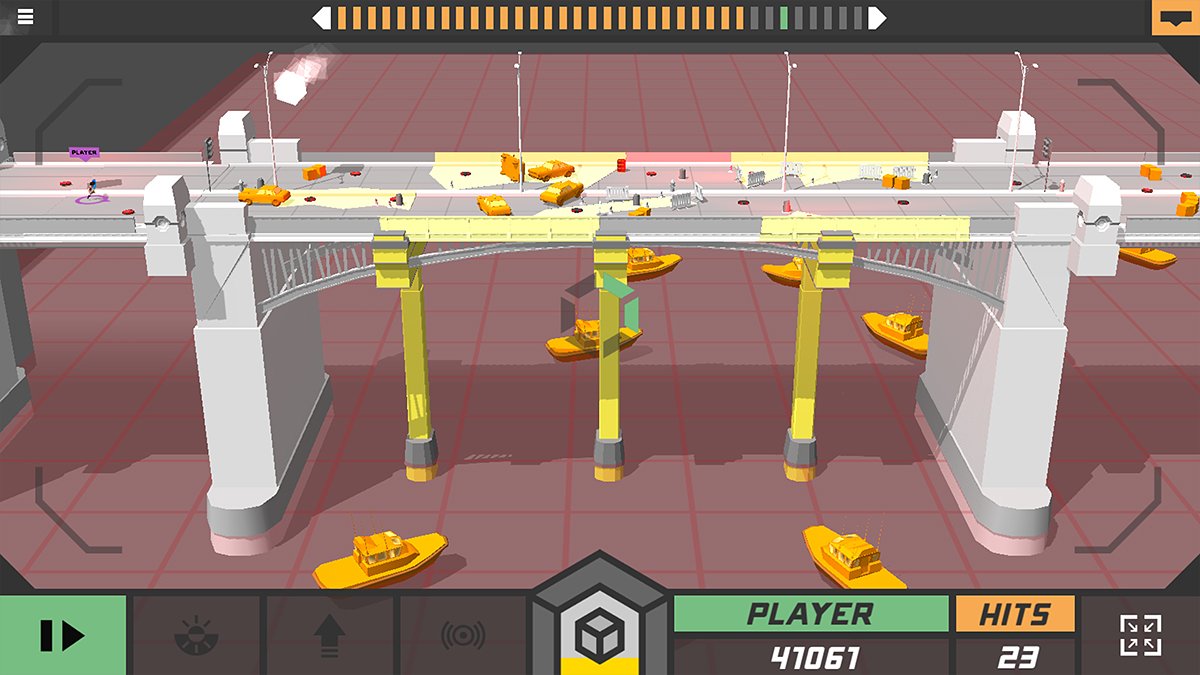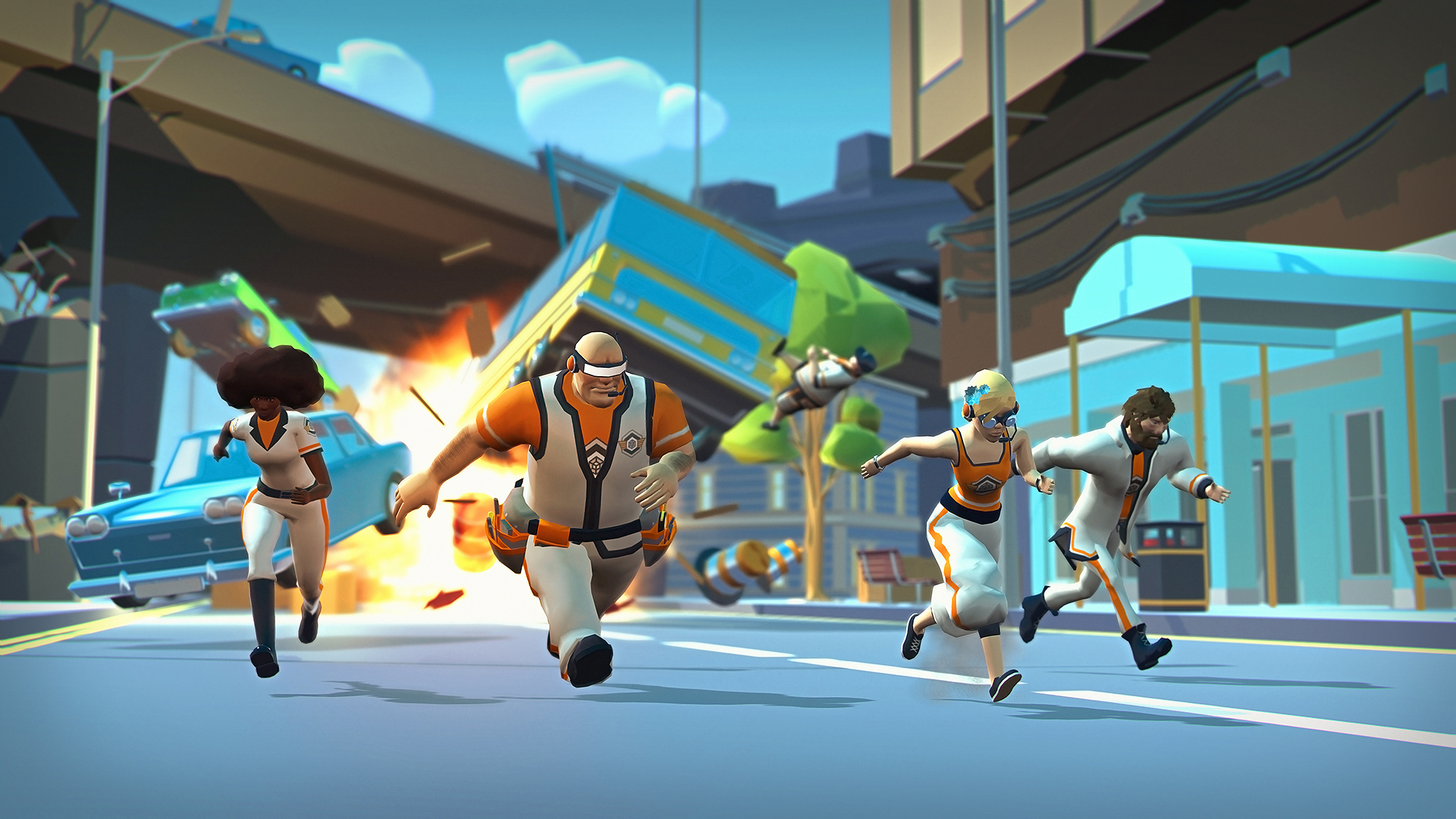Meet the Xbox game using the tech Microsoft wont
If Kinect has been the Prince Hamlet-like tragedy of the Xbox One – a very public murder, all blood and commercial thunder – SmartGlass has gone the way of the King. A bit of poison in the ear and thump, no one’s any the wiser.
It was never presented as the most exciting prospect, to be fair, always a bland accompaniment to a main gaming experience – a mocked-up mobile phone in Dead Rising, a streaming strategy guide in Ryse. It’s easy to off something no one will miss – but with the app still haunting a few million phones, there’s a constant reminder that something could be done with it.
While Microsoft studiously ignores the ghost at the feast, a Manchester indie developer is attempting to make it the life of the party. Torque Studios has shaped its first game, Glitchrunners from the results of an experimental project, Don’t Walk: RUN!, which won the Dare to be Digital student games award and netted a BAFTA nomination earlier this year.
At first glance, it’s a classic local multiplayer party game, a brawling gauntlet that lets players, taking on the role of the Glitchrunners, cooperate to reach the end of hazardous, obstacle-strewn levels – or sabotage one another to claim all the rewards for themselves. They’re running through “abandoned videogames” (which lead designer, Niall Taylor assures me means we’ll see plenty of cheeky nods to recognisable titles), their only goal to survive, pick up a Powercube and transport it to the end of the level. It looks like raucous, shouty fun; gratifyingly simple, with the emphasis on unpredictable physics that makes the likes of Gang Beasts and Swordy so compulsive, and so funny.

But that’s to ignore an entire facet of the game. One final player, using SmartGlass, becomes the Architect, whose only job is to fuck everything up for everyone else. Using a streamed view of the action on their app-toting device, the Architect can interact with almost everything onscreen, barring the players themselves, simultaneously becoming enemy, level designer and cruel, fickle god.
“The Architect is going to be doing everything they can to stop the Glitchrunners,” explains Taylor, “throwing vehicles, rubble and trees, knocking down freeways and buildings, swinging wrecking balls, and all other manner of physics-based mayhem.”

Think of the Architect as the horrifying chimeric baby of Garry’s Mod, Split/Second’s powerplays and Michael Bay – a role that requires the dexterity you can only get from a touchscreen. Glitchrunners wouldn’t exist without SmartGlass, a category I’m fairly certain no other game falls into – certainly not Microsoft’s games.
Weekly digests, tales from the communities you love, and more
For Taylor, being the only people bothering to use the tech to its full extent is as much a boon as it is a drawback: “It's difficult to get across just how cool SmartGlass is when the frame of reference for many gamers has so far been a stats page, or a disembodied inventory screen. More support for the platform would certainly make that side of our job easier! It helps in some ways too, though; We're able to create something new and exciting, which is a rare opportunity for a team working on their first title. That, and the grin new players get when they click with the game and the tech - totally worth it, every time.”

It might not have the same future-tech wonder of VR games, but it’s the same principle (and, if Taylor’s last sentence is anything to go by, the same player reaction). This is the difference between gimmickry and necessity – where most games use extraneous tech to add to the experience (often ending up subtracting instead), Glitchrunners aims to offer something that can literally only work in a single set-up. It just so happens that what it offers is unparalleled opportunities to make your friends angry because you threw a bulldozer at them.
It’s bold, unheard-of, fun, and it might just be - after 3 years of waiting - what SmartGlass was made for. Who would’ve thought that it’d be a British indie dev to show us all that?



